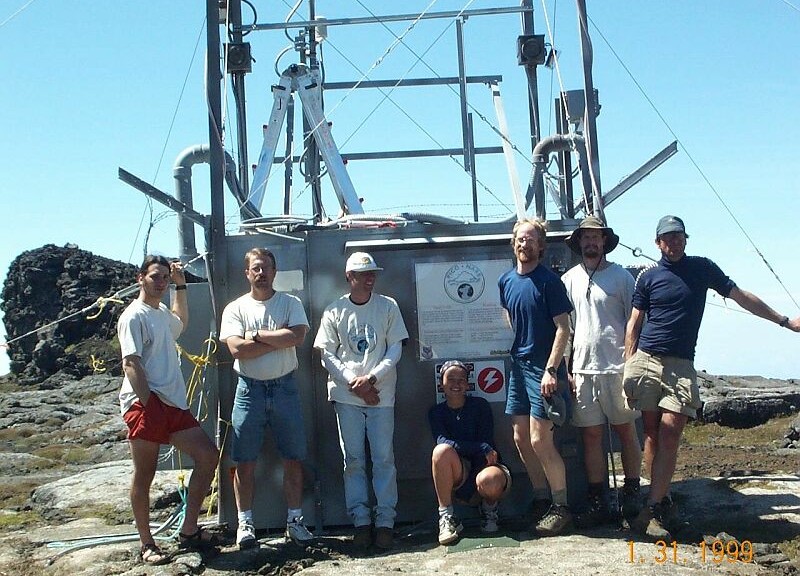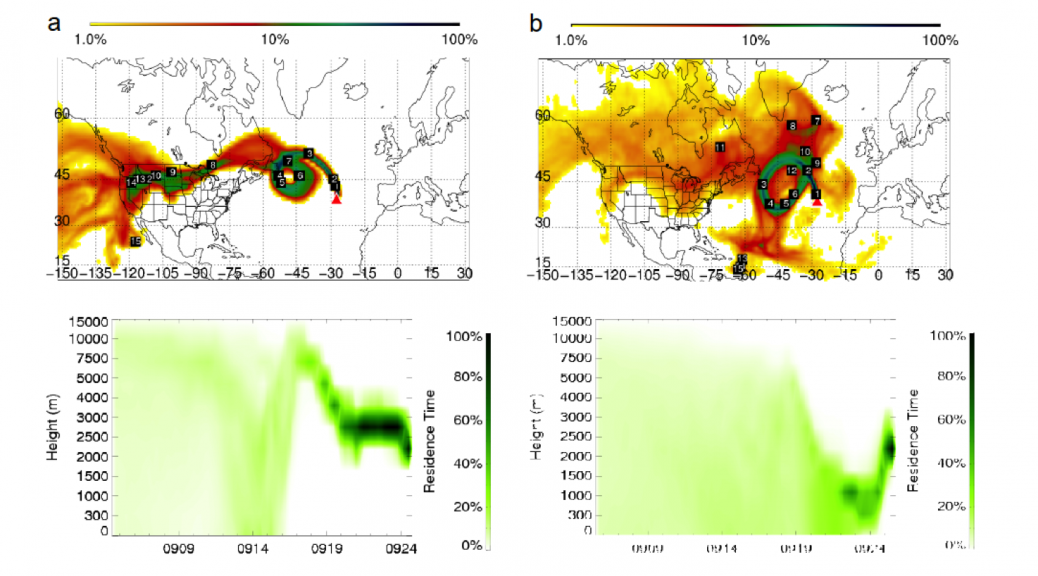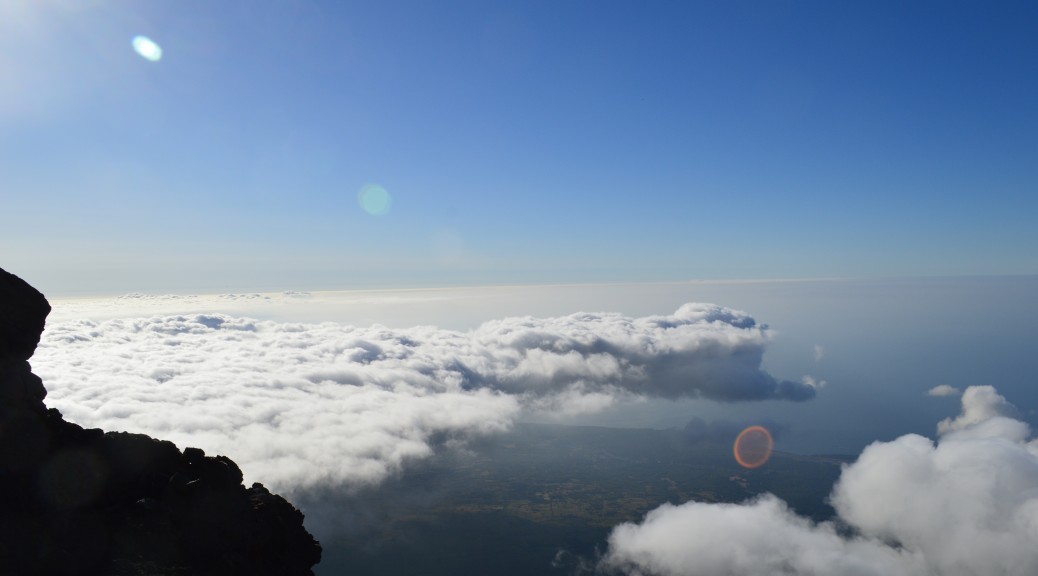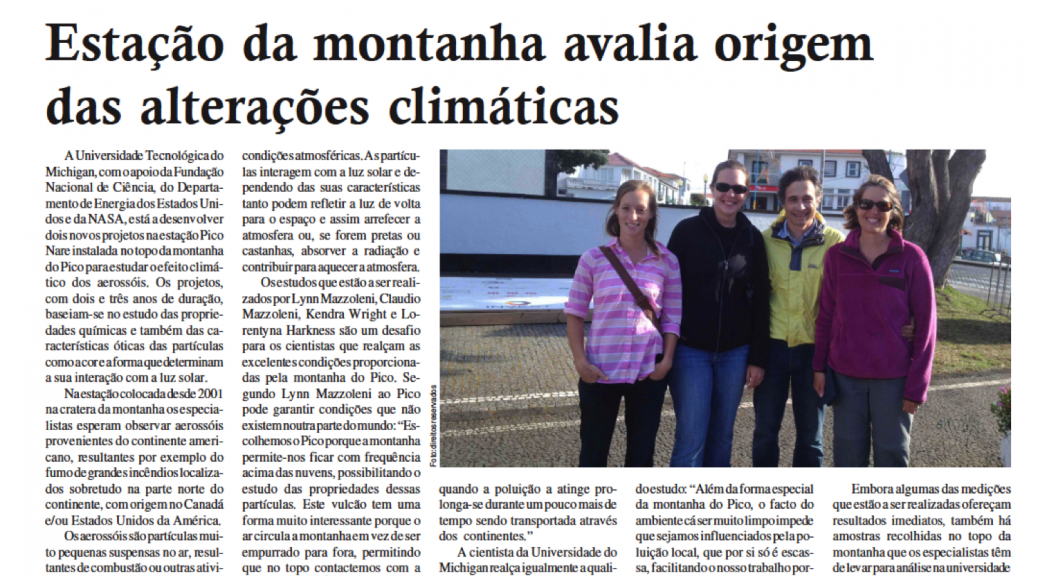Lynn and Claudio Mazzoleni were interviewed by Kevin Hodur for the 2015 Michigan Tech Research Magazine article.
Here’s an excerpt of the story.
Written by Kevin Hodur
Deep in the eastern Atlantic, roughly 900 miles west of Portugal, lies the tiny island of Pico. On maps, it looks like nothing— hardly more than a pinpoint in a sea of blue. But to atmospheric researchers, the remote island’s towering Pico Mountain holds the key to understanding how aerosols may impact climate change.
Pico Mountain is one of nine volcanic islands that make up the Azores archipelago. Its size, however, sets it apart: at nearly 8,000 feet, it’s one of the highest mountains in the Atlantic and more than twice the elevation of neighboring peaks. To hike to the top is to enter an entirely new world, up in the clouds.
It is the high altitude—along with Pico Mountain’s isolated Atlantic location—that make it the ideal place to study aerosols. These high-in-the-sky aerosol particles are what interest Michigan Tech researchers. For years, they have worked with collaborators to sample particles atop the peak at the Pico Mountain Observatory, learning more about the sources and characteristics of aerosols. These aerosols have a large but not completely understood influence on our atmosphere.
Continue reading Up in the Air →
 Paulo Fialho, Ph. D.
Paulo Fialho, Ph. D.





